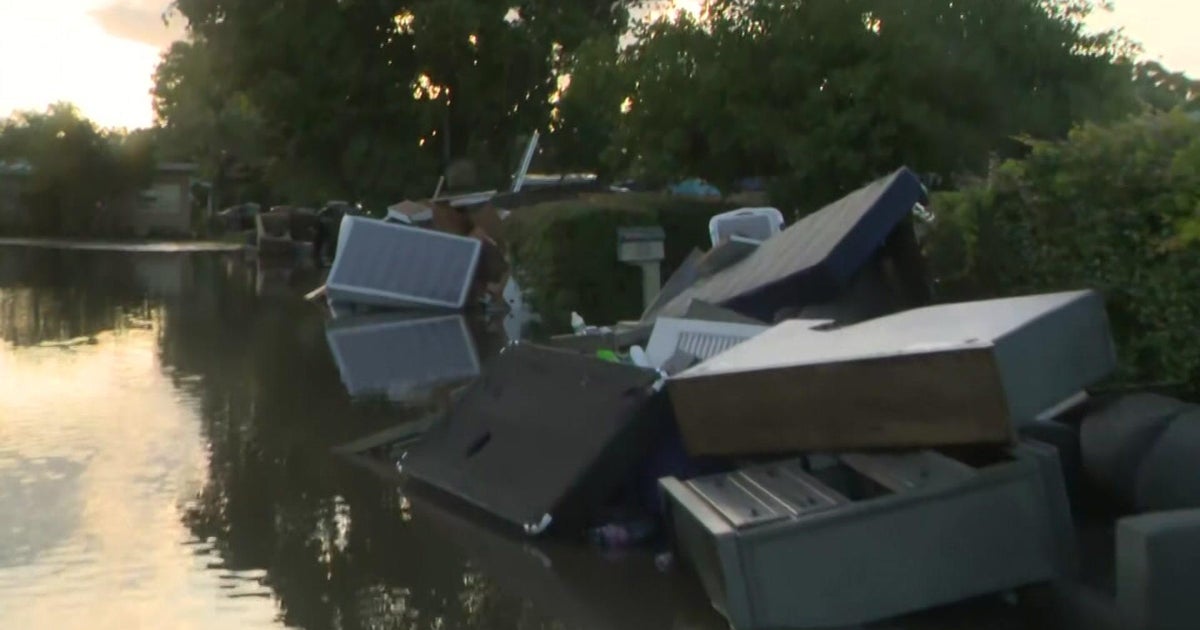Massive endangered whale washes up on Oregon beach entangled, emaciated and covered in wounds from killer whales
A member of one of the world's largest whale species was found washed up on an Oregon shore this week, emaciated, entangled and covered in what appears to be wounds from another whale species. The 46-foot-long fin whale, which was dead when discovered, is one of roughly 11,000 species members in the region.
NOAA Fisheries West Coast first announced the stranding at Sunset Beach State Park near the Washington border on Monday, showing the whale washed up on shore with what appears to be a thick rope wrapped around the top of its mouth.
Officials conducted a necropsy on the subadult male whale and found that it was "thin and emaciated" and "likely died from an underlying illness." The necropsy team is working to identify an illness that could have resulted in its death, but physically, it appeared as though the animal had come across other issues before washing ashore.
"The whale came ashore entangled," NOAA said, saying the entanglement "appeared to be fresh and superficial." "The team also recorded wounds from killer whales, called 'rake marks.'"
Rake marks are when killer whales, or orcas, use their teeth to wound other animals, according to the Center for Whale Research. The behavior is thought to be a form of either rough play or aggression, although the center says that some rake marks "can be severe and penetrate deep into the flesh."
More information from the pathology report is expected within a few weeks, NOAA said.
According to NOAA's latest population stock assessment, there are roughly 11,000 fin whales in the waters of the Pacific Northwest region. Fishing equipment entanglements and vessel strikes are among the biggest threats to that population.
The endangered species is a form of baleen whale, meaning their mouths are filled with keratin-based baleen rather than teeth, allowing them to filter small prey from the water. They can live nearly a century, growing to be up to 85 feet long and 80 tons.




